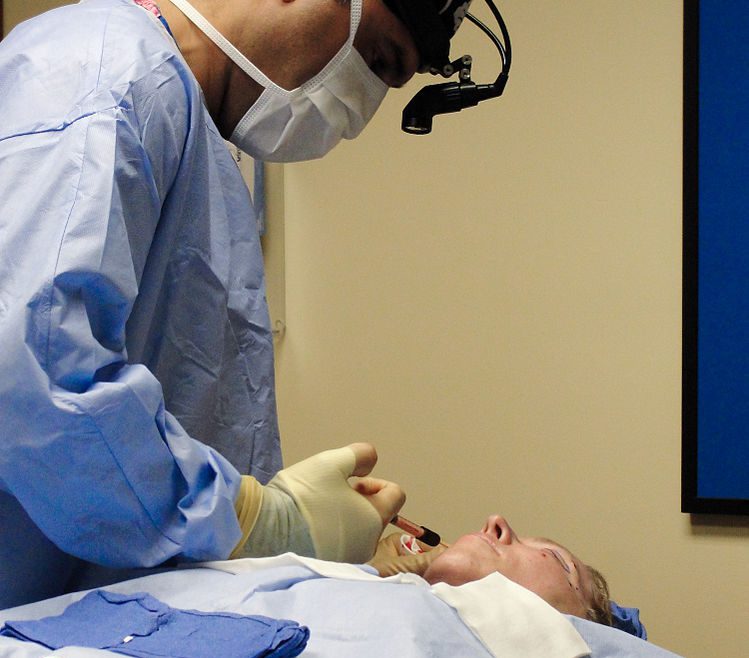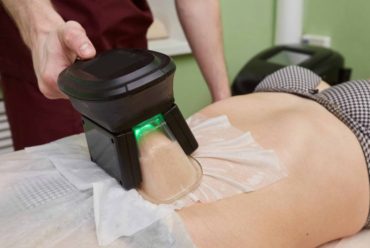Fat grafting and lipolysis are both cosmetic procedures used to enhance and reshape the body. Here’s some information about each of these procedures:
- Fat Grafting: Fat grafting, also known as fat transfer or fat injection, is a surgical procedure that involves removing fat from one area of the body and transferring it to another area. The removed fat is typically taken from areas such as the abdomen, thighs, or buttocks through liposuction.
The transferred fat can be used to enhance various body parts, such as the breasts, buttocks (Brazilian butt lift), face (facial rejuvenation), and hands. Fat grafting can provide a more natural and long-lasting result compared to artificial implants.
- Lipolysis: Lipolysis refers to the breakdown or removal of fat cells. It is often used as a non-surgical method to reduce localized fat deposits. There are different techniques used for lipolysis, including: a. Laser Lipolysis: This technique uses laser energy to liquefy fat cells, which are then removed through a small incision or naturally eliminated by the body’s lymphatic system. b. Injection Lipolysis (Lipodissolve): This involves injecting a solution, typically containing substances like phosphatidylcholine or deoxycholic acid, into the targeted fat deposits. These substances help break down the fat cells, which are then metabolized and eliminated by the body.
Both fat grafting and lipolysis can be performed by qualified plastic surgeons or dermatologists. If you are considering either of these procedures, it is important to consult with a medical professional who can assess your specific situation, discuss potential risks and benefits, and provide personalized recommendations.
Please note that this information is general and should not replace professional medical advice.




